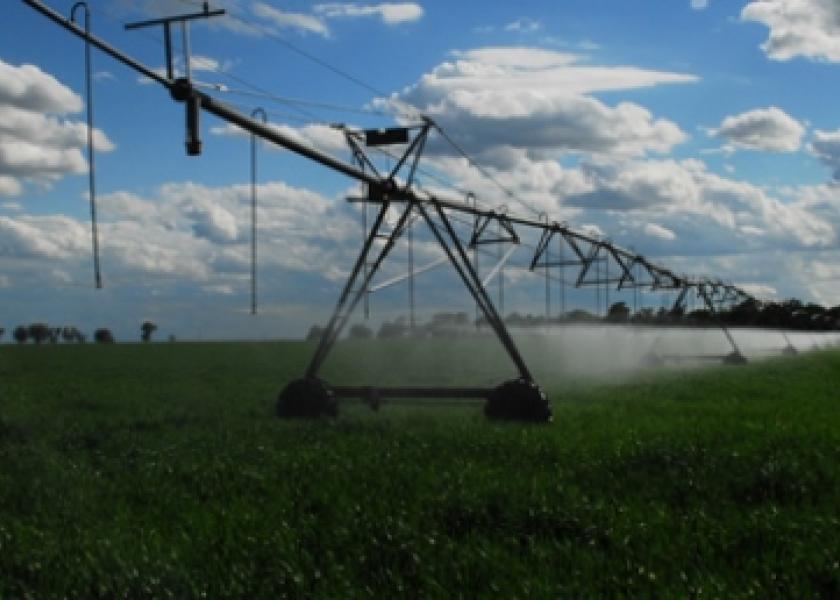Could AgTech Solve Water Scarcity Issues?

Testing is underway at Purdue University on a “human-computer collaborative decision-making system.” More simply put – Purdue researchers want to make it easier to make otherwise more complex irrigation decisions.
“We’re trying to help growers get usable information to improve their practices for both economic and ecological sustainability,” according to David Ebert, Purdue electrical and computer engineering professor. “We’re trying to take a sea of data and turn it into decisions that people have so they can make better, more effective decisions.”
Ebert and his team turned to water scarcity in California – a huge issue for the state right now. Researchers looked at perennial crops such as grapes and nuts.
“[Those crops] are even more complicated decision-making environments,” he says. “You don’t start with a blank slate each year. These are crops where the value of the crop is very high, so the impact that we can have can easily be turned into an increase in profit.”
Wine and grape crops contribute more than $250 billion to the U.S. economy annually, Ebert notes.
Though most of the research is focused on the western U.S., the researchers are also collaborating with a local winery in Borden, Ind. The models they are developing take multiple factors and layers into account, including plant science, soil, hydrology and even market drivers for the crops. Put all together, Ebert hopes it will empower farmers to change practices and also develop policies that support those practices.
And as Jao Surakitbanharn, a Purdue research analyst working on the project points out: “Even the smallest amount of water savings has tremendous impacts.”
The project is funded through Purdue’s Big Idea Challenge.







